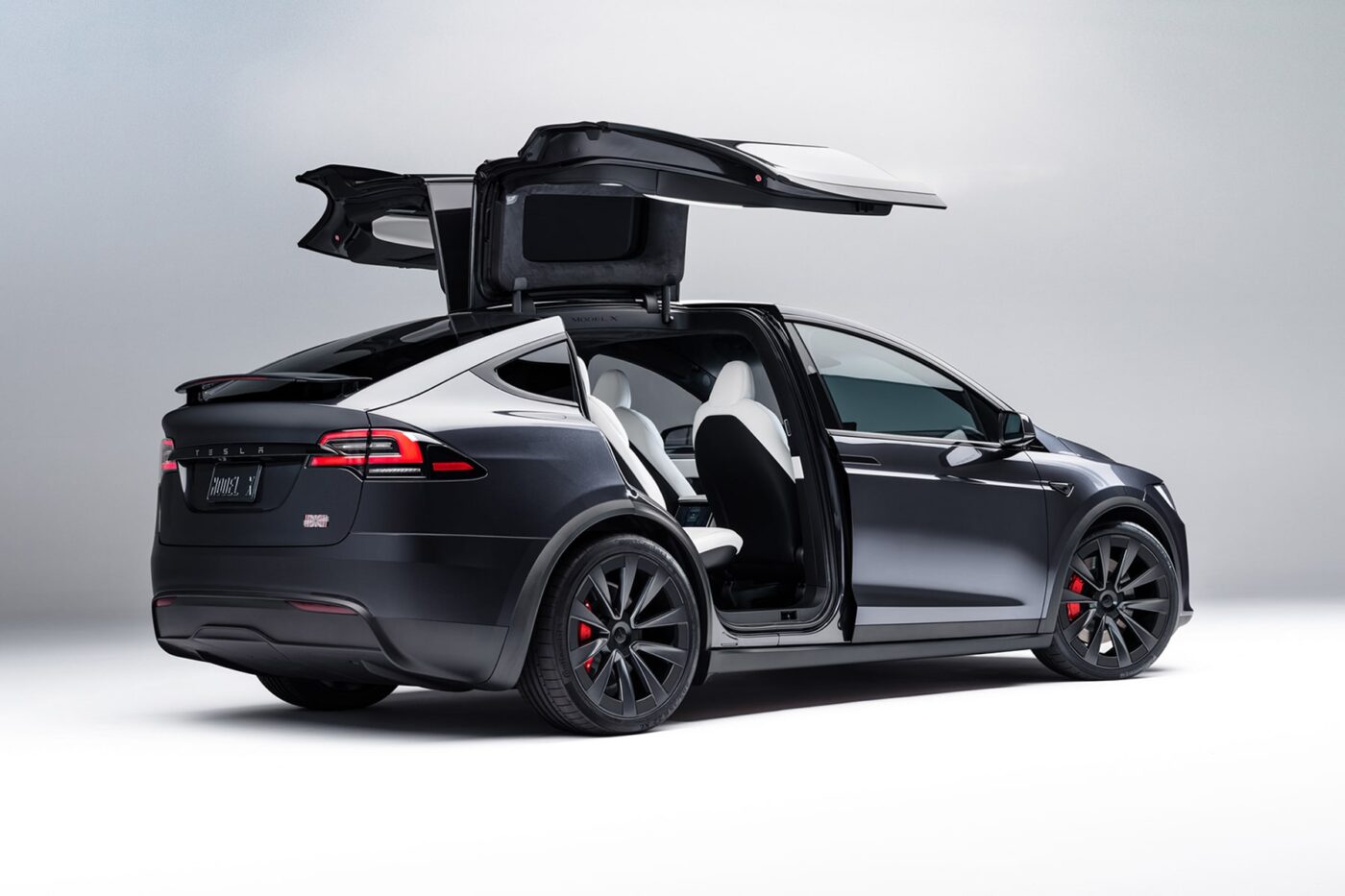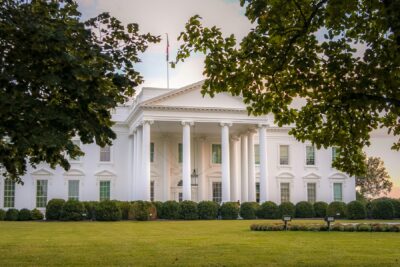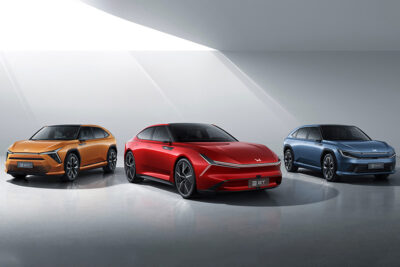Tesla readjusts range figures due to new EPA requirements
The new regulations of the US Environmental Protection Agency (EPA) stipulate that the expected range of electric cars must be specified according to their “default” mode, meaning the setting that the vehicle assumes when it is switched on. If no such mode exists, an average value must be calculated between the best and worst case. The EPA had initially announced the new regulations in 2022.
The Tesla models do not have a ‘Sport’ or ‘Eco’ mode, but they do have different acceleration modes. The ‘Casual’ and ‘Normal’ settings are available and, depending on the model, also the ‘Insanity’ or ‘Plaid’ mode.
Tesla has revised its range figures downwards after the new regulations came into force, but in some cases, only by a few miles. The Model X Plaid now has a range of 326 instead of 333 miles (525 instead of 536 kilometres). The decrease was significantly greater for the Model S Plaid, where 359 instead of 396 miles are now stated, i.e. 578 instead of 637 kilometres. According to Reuters, the Model Y Long Range figures have been reduced from 330 to 310 miles (531 to 499 kilometres). The US portal “Electrek” has published a detailed list of all the changes (including the different wheel options). It is striking: For the Model S Long Range with the optional 21-inch wheels, the range has actually increased from 375 to 382 miles (603 to 615 kilometres); however, with the standard 19-inch wheels, it is unchanged at 405 miles (652 kilometres).
A Ford spokesperson told Reuters that the range estimates for the Group’s e-models had not been changed. Ford has therefore probably already worked according to the new specifications in the past. General Motors and the Hyundai Group have not yet responded to Reuters’ enquiry. Instead, the news agency quotes two experts, including the editor-in-chief of the trade journal Edmunds, Alistair Weaver. According to Weaver, all eight Tesla vehicles tested by Edmunds have failed to meet the EPA estimate. Scott Case from the analysis company Recurrent stated that Tesla’s estimates in the past have been “30% or more optimistic than the vehicles’ real-world range”.
Like the WLTP, which is widely used in Europe, the EPA test is essentially a test bench test in which various city and highway cycles are run through. As the battery of the electric car is charged with alternating current, the consumption figures include AC charging losses. One of the major differences to the WLTP is that the EPA multiplies the range determined on the test bench by a factor of 0.7 in order to achieve a value that is more realistic for customers. This (along with several other factors) is one of the reasons why the EPA range is generally significantly lower (but closer to reality) than the pure test bench value of the WLTP. This methodology has not changed with the new regulations; there are only a few specifications regarding driving modes and tyre pressure, for example.
reuters.com, electrek.co, epa.gov ( 2022 document as PDF)






0 Comments